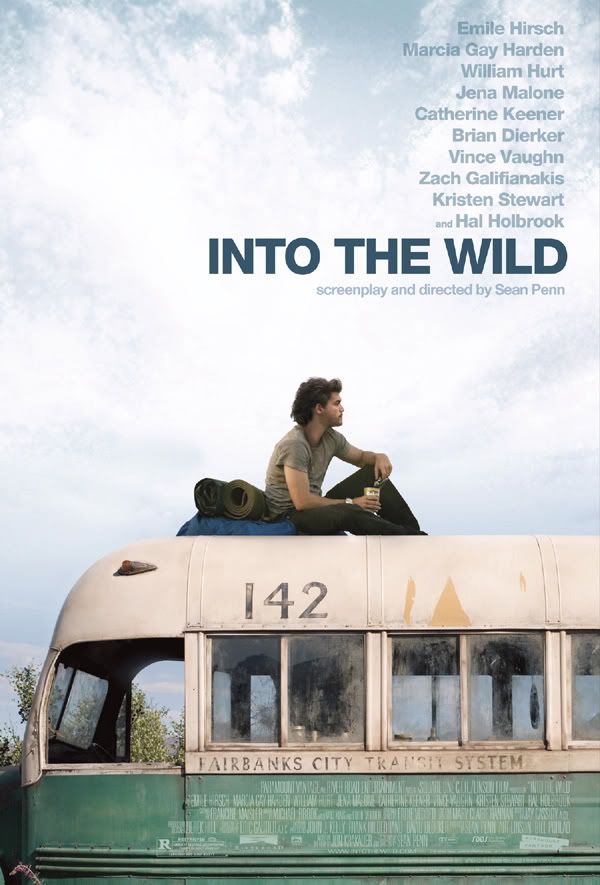
Into the Wild is the story of Christopher McCandless, who grew up in a wealthy suburb of Washington, D.C., Annandale, VA, and died at age 24 in a wilderness area of the state of Alaska. After graduating in 1990 from Emory University, McCandless ceased communicating with his family, gave away his savings of $24,000 to OXFAM and began travelling, later abandoning his car and burning all the money in his wallet.
In April 1992, an Alaskan named Jim Gallien gave McCandless a ride to the Stampede Trail in Alaska. There McCandless headed down the snow-covered trail to begin an odyssey with only ten pounds of rice, a .22 caliber rifle, a camera, several boxes of rifle rounds, some camping gear, and a small selection of literature– including a field guide to the region's edible plants, Tana'ina Plantlore. He took no map or compass. He died some time in August, and his decomposed body was found in early September by moose hunters.
The book begins with the discovery of McCandless's body inside an abandoned bus and retraces his travels during the two years he was missing. Christopher shed his real name early in his journey, adopting the moniker "Alexander Supertramp". He spent time in Carthage, South Dakota with a man named Wayne Westerberg, and in Slab City, California with Jan Burres and her boyfriend Bob. Krakauer interprets McCandless' intensely ascetic personality as possibly influenced by the writings of Leo Tolstoy, Thoreau, and his favorite writer, Jack London. He explores the similarities between McCandless' experiences and motivations and his own as a young man, recounting in detail his own attempt to climb Devils Thumb in Alaska. He also relates the stories of some other young men who vanished into the wilderness, such as Everett Ruess, an artist and wanderer who went missing in the Utah desert during 1934 at age 20. In addition, he describes at some length the grief and puzzlement of McCandless's family and friends.
McCandless survived for approximately 112 days in the Alaskan wilderness, foraging for edible roots and berries, shooting an assortment of game – including a moose – and keeping a sketchy journal. Although he planned to hike to the coast, the boggy terrain of summer proved too difficult and he decided instead to camp in a derelict bus. In July, he tried to leave, only to find the route blocked by high water. Toward the end of July, after apparently remaining healthy for more than three months, McCandless wrote a journal entry reporting extreme weakness and blaming it on "pot. seeds". As Krakauer explains, McCandless had been eating the roots of wild potatoes, which are sweet and nourishing in the spring but later become too tough to eat. When this happened, McCandless may have attempted to eat the seeds instead. Krakauer theorizes that the seeds contained a poisonous alkaloid, possibly swainsonine (the toxic chemical in locoweed) or something similar. In addition to neurological symptoms such as weakness and loss of coordination, the poison causes starvation by blocking nutrient metabolism in the body.
According to Krakauer, a well-nourished person might consume the seeds and survive because the body can use its stores of glucose and amino acids to rid itself of the poison. Since McCandless lived on a diet of rice, lean meat, and wild plants and had less than 10% body fat when he died, he was likely unable to fend off the toxins. However, when the Eskimo potatoes from the area around the bus were later tested in a laboratory of the UAF (University of Alaska Fairbanks), toxins were not found. The exact cause of the young man's death, then, remains open to question. He may simply have starved to death.

No comments:
Post a Comment